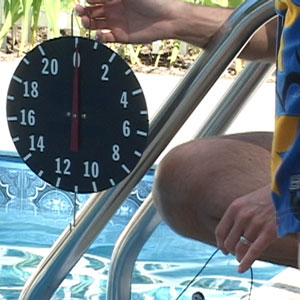Join us for conversations that inspire, recognize, and encourage innovation and best practices in the education profession.
Available on Apple Podcasts, Spotify, Google Podcasts, and more.
During this session you will have an opportunity to build understandings of the following concepts:

What makes a block of wood rise to the surface of a bucket of water? Why do your ears “pop” if you swim deep underwater? In this session, we will examine density, an essential property of matter. We will also look at how particles of matter are in constant motion, leading to a deeper understanding of fluid pressure. Finally, we will investigate the concepts of pressure and density to explain the macroscopic phenomenon of rising and sinking.
Session 5 begins with a question about how hard one needs to push a beach ball to get it to go to various depths in a swimming pool. Does the force required vary? We then observe children in the Science Studio expressing their ideas about the factors that determine whether an object sinks or floats in water. As they eliminate weight and shape, they start to ask what other property might reliably account for whether something sinks or floats.
We begin to explore the concept of density, what it looks like on the particle level, and what effect it has on whether something floats or sinks in a fluid. How does density fit into Aristotle’s accidental and essential properties?
Next, Steve Bailey at the New England Aquarium explains how some fish are able to adjust their density to maintain the neutral buoyancy they need when they aren’t swimming. To see how the concept of density might be addressed in an elementary level classroom, we look in on researcher and teacher Tina Grotzer as she introduces the Understandings of Consequence/Project Zero’s Causal Patterns in Density curriculum to Nicole Scalzo’s class in Arlington, Massachusetts. The students share their microscopic models, showing the difference between brass and aluminum cylinders that have an equal volume. Their prior ideas about density provide a springboard for further discussion.
We end the session in a swimming pool, where we take an “in-depth” look at fluid pressure through the eyes of our Science Studio children, and return to the questions posed at the outset of the program to find some surprising answers.